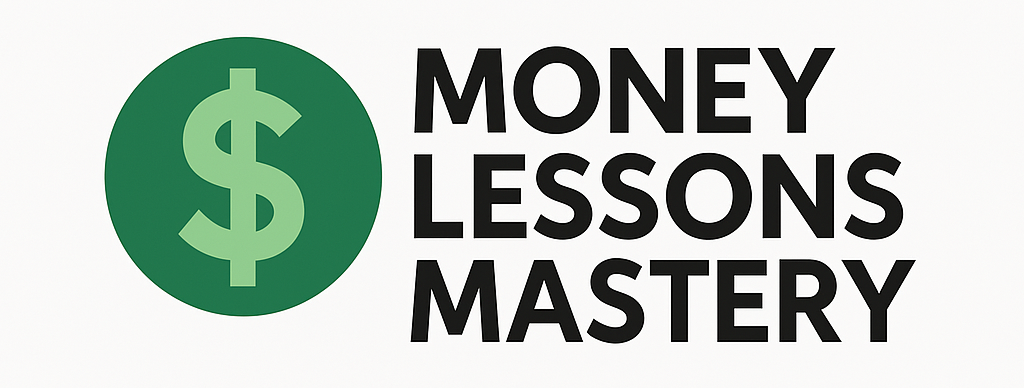Beginner’s Guide to Understanding Life Insurance Policies
Life insurance might not be the most exciting topic, but it’s one of the smartest ways to protect your loved ones financially. Whether you’re just starting a family, buying a home, or planning for the future, understanding the basics of life insurance can help you make informed decisions with confidence.
This guide breaks down the fundamentals of life insurance, the types of policies available, and how to choose the right coverage for your needs.
1. What Is Life Insurance?
Life insurance is a contract between you and an insurance company. You pay regular premiums, and in exchange, the company promises to pay a death benefit to your chosen beneficiaries when you pass away.
This benefit can help:
- Cover funeral costs
- Pay off debts (like a mortgage or student loans)
- Replace lost income
- Support your family’s future financial goals
2. How Life Insurance Works
Step-by-Step:
- You choose a policy type and coverage amount
- You pay monthly or annual premiums
- If you pass away while the policy is active, the death benefit is paid to your beneficiaries
- If your policy has a cash value component, you may be able to borrow or withdraw from it while you’re alive (depending on the type)
3. Types of Life Insurance Policies
✅ Term Life Insurance
- Covers you for a specific period (e.g., 10, 20, or 30 years)
- Pays a death benefit only if you die within that term
- Most affordable option—great for young families or budget-conscious buyers
- No cash value
Best for: Income replacement, mortgage protection, young dependents
✅ Whole Life Insurance
- Covers you for your entire life
- Includes a guaranteed death benefit
- Builds cash value over time (you can borrow against it)
- Higher premiums than term life
Best for: Long-term wealth planning, estate planning, lifelong coverage
✅ Universal Life Insurance
- Offers flexible premiums and coverage
- Builds cash value, often tied to market performance
- More complex than term or whole life
Best for: Those seeking lifelong coverage with investment flexibility
✅ Final Expense Insurance (Burial Insurance)
- Small policy designed to cover funeral and burial costs
- Easier to qualify for, often no medical exam
- Lower death benefit (usually $5,000–$25,000)
Best for: Seniors or those wanting to avoid burdening family with final expenses
4. Key Terms to Know
- Premium: The payment you make to keep your policy active
- Beneficiary: The person(s) who receives the death benefit
- Death Benefit: The amount paid to beneficiaries upon your death
- Term: The length of time your policy provides coverage
- Cash Value: A savings or investment component in permanent life insurance
- Rider: An optional add-on to customize your policy (e.g., accidental death, child coverage)
5. How Much Coverage Do You Need?
A common guideline is 10 to 15 times your annual income, but everyone’s situation is different.
Consider:
- Income replacement
- Mortgage or rent
- Debts (credit cards, loans)
- Childcare or education costs
- Final expenses
- Your family’s long-term needs
Use an online life insurance calculator or talk to a licensed agent for a more personalized estimate.
6. Do You Need Life Insurance?
You likely do if:
- You have dependents (children, spouse, aging parents)
- You have debt that someone else would inherit
- You want to leave a financial legacy or cover funeral costs
- You own a business with financial obligations
You may not need it if:
- You’re single, debt-free, and no one depends on your income
- You have enough assets to self-insure
7. Tips for Choosing a Life Insurance Policy
- Compare quotes from multiple insurers
- Choose term insurance if you want the most coverage for the lowest cost
- Only buy what you can afford to keep long-term
- Be honest during the application to avoid claim denials later
- Consider working with a licensed, independent agent for unbiased advice
8. How to Apply for Life Insurance
Basic Steps:
- Get quotes online or through an agent
- Choose your policy type, term, and coverage amount
- Complete an application (includes health and lifestyle questions)
- Possibly undergo a medical exam (depending on policy)
- If approved, pay your first premium and receive your policy documents
Some companies offer no-exam life insurance, but it may come with higher premiums.
9. What Affects Your Premiums?
- Age
- Health history
- Lifestyle habits (e.g., smoking, high-risk activities)
- Occupation
- Policy type and amount
The younger and healthier you are, the lower your rates will be.
10. Review and Update Your Policy as Life Changes
- Marriage or divorce
- New child or dependent
- Buying a home
- Career changes
- Changes in health or income
Keep your beneficiaries up to date and review your policy annually.
Final Thoughts
Life insurance is a powerful tool to protect your loved ones and give you peace of mind. Start by understanding your needs, exploring your options, and choosing a policy that fits your budget and goals. A little planning now can make a big difference later.
Let me know if you’d like a life insurance comparison chart, a coverage calculator, or help finding the right policy for your stage of life!

